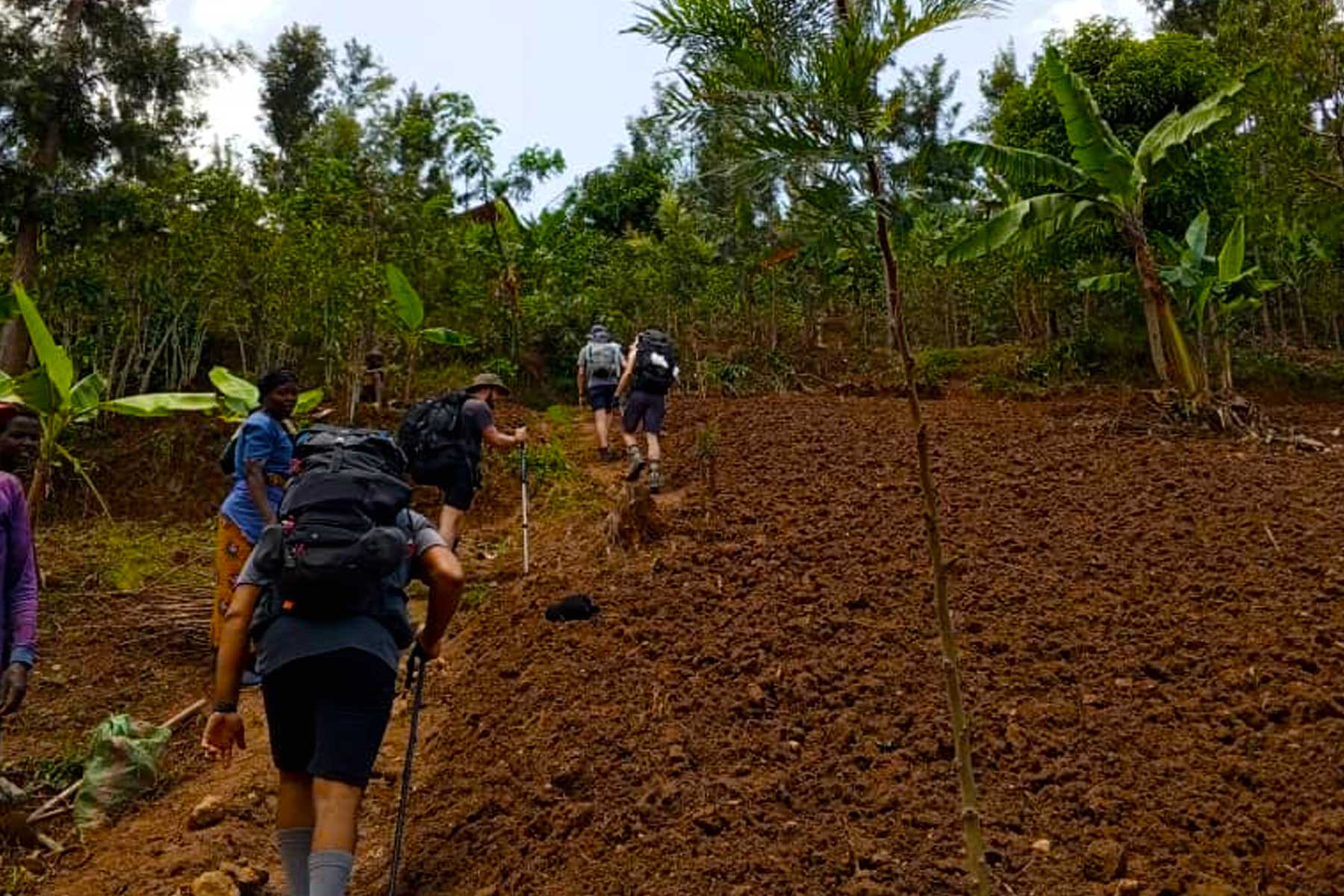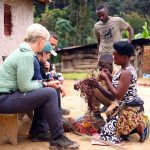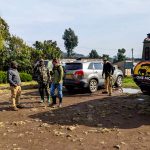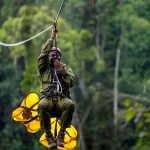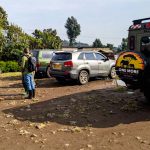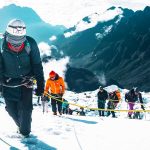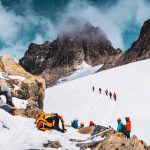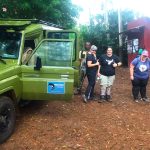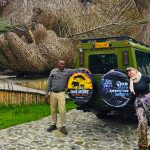Embarking on the breathtaking Congo Nile Trail in Rwanda promises an adventure of a lifetime, but proper packing is essential to ensure your journey is both comfortable and enjoyable. One More Adventure Safaris is here to guide you on what to pack for your Congo Nile Trail hiking adventure.
- Hiking Backpack: Start with a comfortable, sturdy hiking backpack that can accommodate your gear. Ensure it’s the right size for your trekking duration.
- Hiking Boots: Invest in a good pair of hiking boots with ankle support. Make sure they’re well-worn and comfortable before the trip to prevent blisters.
- Lightweight Clothing: Pack moisture-wicking, quick-drying clothing suitable for the trail’s climate. Include breathable T-shirts, long-sleeved shirts, convertible pants, and a rain jacket.
- Hat and Sunglasses: Protect yourself from the sun with a wide-brimmed hat and polarized sunglasses.
- Sunscreen and Lip Balm: Rwanda’s sun can be intense. Bring sunscreen with high SPF and lip balm with sunblock.
- Water Bottle: Stay hydrated on the trail with a reusable water bottle. Consider a hydration reservoir for easy access.
- Snacks: Pack energy-boosting snacks like trail mix, energy bars, and dried fruit to keep your energy levels up.
- Headlamp/Flashlight: Essential for lighting your way if you continue hiking after dark or for navigating camp.
- Insect Repellent: Protect yourself from insects by packing insect repellent or bug spray.
- First Aid Kit: Include basic medical supplies such as adhesive bandages, antiseptic wipes, pain relievers, blister pads, and any personal medications.
- Toilet Paper and Trowel: Be prepared for wilderness bathroom breaks with biodegradable toilet paper and a small trowel for digging a cat hole.
- Map and Compass: Carry a detailed map of the Congo Nile Trail and a compass for navigation, even if you have a guide.
- Waterproof Bags: Protect your gear by using dry bags or waterproof stuff sacks for electronics, clothing, and important documents.
- Camera and Binoculars: Capture the stunning scenery and wildlife with a camera or smartphone. Binoculars are handy for birdwatching.
- Cash: Some sections of the trail may not have access to ATMs, so carry enough cash for emergencies and small purchases.
- Personal Identification: Always carry your identification, passport, visa, and any necessary permits in a waterproof pouch.
- Pocket Knife/Multi-tool: A versatile tool can be incredibly useful in various situations.
- Tents and Sleeping Gear: If you plan to camp, pack a lightweight tent, sleeping bag, and sleeping pad.
- Cooking Supplies: If you’re self-catering, bring a compact camp stove, cookware, utensils, and food.
- Trash Bags: Practice Leave No Trace principles by carrying out all your trash. Bring extra bags for this purpose.
- Weather-Appropriate Clothing:
- Lightweight, moisture-wicking clothing for warm weather.
- Layers for cooler evenings or unexpected weather changes.
- A rain jacket or poncho for possible rain showers.
- Headgear:
- Wide-brimmed hat or cap for sun protection.
- Beanie or hat for cooler evenings.
- Sunglasses and Sunscreen:
- Protect your eyes and skin from the sun’s harsh rays.
- Hydration System:
- Water bottles or a hydration bladder to stay well-hydrated during the trek.
- Snacks and Meals:
- Lightweight, energy-rich snacks like nuts, energy bars, and dried fruits.
- If you’re camping, pack dehydrated meals or trail mix for sustenance.
- First Aid Kit:
- Include band-aids, antiseptic wipes, pain relievers, blister treatment, and any personal medications.
- Navigation Tools:
- A map, compass, or GPS device to help you stay on course.
- Lighting:
- Headlamp or flashlight with extra batteries for night hiking or emergencies.
- Insect Repellent:
- Protect yourself from mosquitoes and other insects that may be encountered along the trail.
- Toiletries:
- Travel-sized toiletries including biodegradable soap, toothbrush, toothpaste, and hand sanitizer.
- Basic Camping Gear (if applicable):
- Tent, sleeping bag, sleeping pad, and camping stove.
- Identification and Documentation:
- Passport, ID, travel permits, and any necessary reservations or permits for the trail.
- Personal Comfort Items:
- Camera, book, journal, or any small items that enhance your comfort and enjoyment.
Remember to tailor your packing list to your specific needs and the duration of your trek. Prioritize lightweight, high-quality gear to ensure a comfortable and enjoyable hiking experience along the Congo Nile Trail. With the right gear and preparation, you’re all set for an unforgettable adventure!
Remember to pack efficiently, keeping weight in mind, and consider the duration of your hike. With this guide, you’ll be well-prepared to tackle the Congo Nile Trail and make the most of your adventure. Happy hiking!
For a tailor-made Congo Nile Trail experience, contact One More Adventure Safaris. We’re here to turn your adventure dreams into reality!

